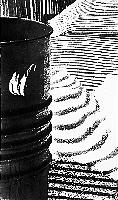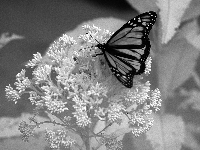 Young Adult
Young AdultStarring: Charlize Theron, Patton Oswalt, Patrick Wilson
This is the movie I was expecting – an essentially dark movie with a veneer or comedy – but it disappointed. It just wasn’t as good as I had expected.
I had higher hope for it as it once again brought together director Jason Reitman and writer Diablo Cody, who collaborated to such success with Juno.
This was no Juno.
It was a good movie in that the character development of Charlize Theron had a nice arc, and you could – eventually – see how she ended up where she was today: Essentially, she never left the glories of high school even though she’s in her 30s.
Patton is in a similar situation, but his lot in life was set when he was a geek in high school, and – without giving anything away – this led to events that really leave him with few options other than to continue to be the sad outsider.
The ending is ambiguous, and I like that – does Theron’s character grow up, or does she continue to circle the drain even faster? Can’t really say.
![]() Well, I installed Google’s latest free feature – GDrive – yesterday, and here are some quick observations.
Well, I installed Google’s latest free feature – GDrive – yesterday, and here are some quick observations.
Note: With my own domains/servers, I’ve never needed file sharing tools like GDrive or Dropbox – I’ve just used FTP. So my point of reference is a techie with little exposure to these tools.
The Good:
- Since I have a Google account, the install was a breeze (see “The Bad,” below).
- 5 gigs of storage for free, as compared to 2 gigs for Dropbox.
- Fast synch; links to my Google docs appeared almost instantly in my local “Google Drive” folder. Uploads appeared in Gdrive almost instantly.
The Bad:
- Didn’t let me install the program where I wanted. I have my drive partitioned off, and I like to put apps on the NON-C:/Program Files partition. There was no option for this. I was allowed to select the location for the “Google Drive” folder, however. Odd.
- GDrive’s Terms of Service are a joke and scaring off users. I expect Google to shortly revisit and revise same. Get rid of the goddam lawyers and treat your customers – us – with respect!
- For some reason – maybe it was an opt-out I missed – but the next day my screen saver had changed to “Google Photos Screensaver.” I don’t like when apps change other apps. That is evil.
Just first impressions, more as I run across the good and the bad.

 Singles
Singles








